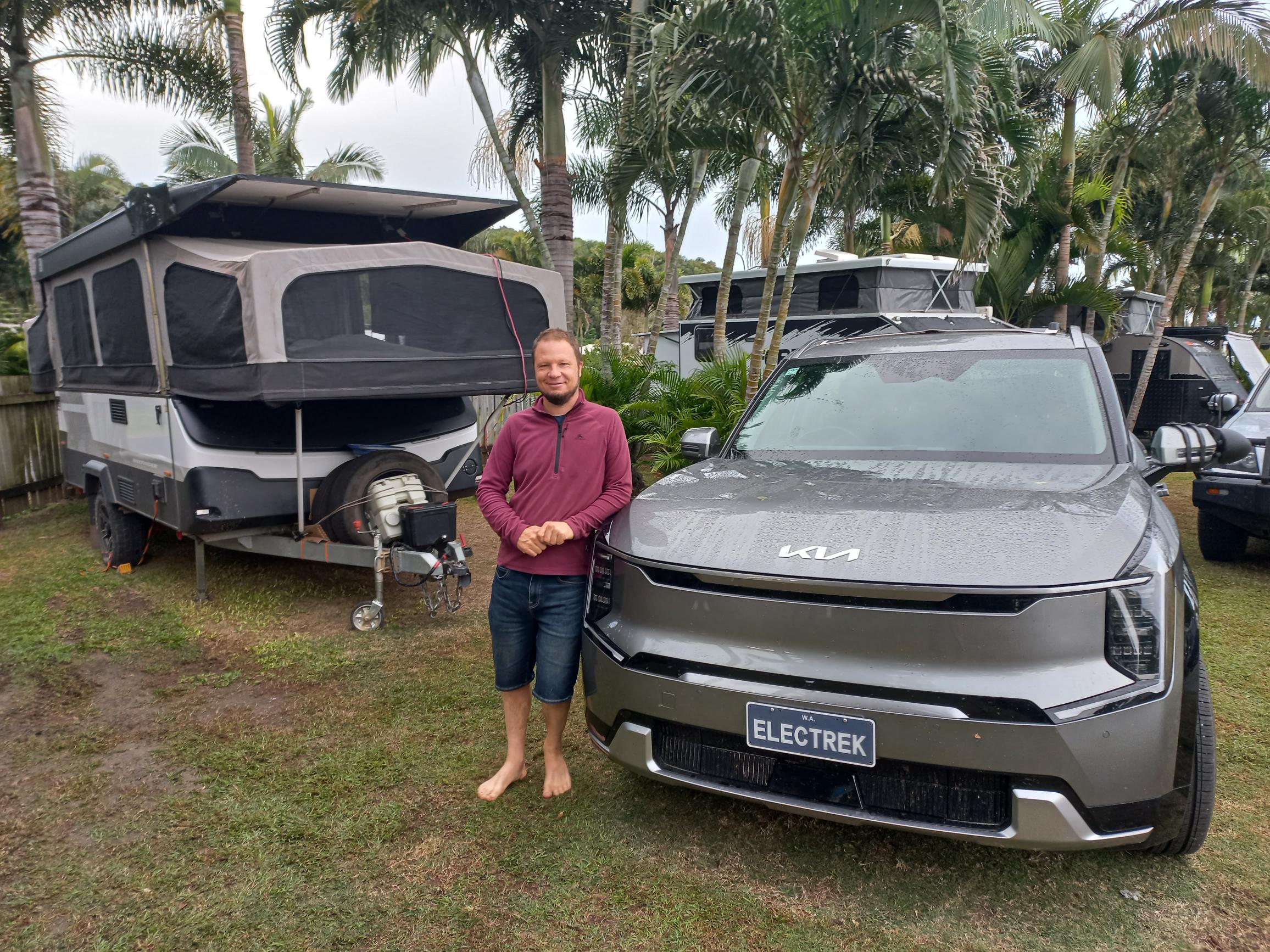Sign up for daily news updates from CleanTechnica on email. Or follow us on Google News!
November is proving to be a pretty good month for ChargePoint. Last week, the company unveiled a new and improved app experience for drivers, and now ChargePoint’s announcing the fastest public chargers in the United States. Let’s take a look at each one.
New App Makes Itself More Useful
ChargePoint has reached a significant milestone: one million active drivers on its network. To mark this occasion, the company introduced a substantial update to its driver app, upon which millions of drivers depend to conveniently locate, charge, and facilitate payment for their EV charging needs.
“As more EVs come to market, their drivers continue to choose ChargePoint as their network of choice, propelling us over the one million quarterly active user mark,” said Pasquale Romano, CEO of ChargePoint. “ChargePoint remains focused on delivering the best driver experience available, so the redesign of our mobile app joins our enhanced reliability initiatives to ensure drivers can find, use and pay for charging in the most convenient way possible.”
Chargepoint says that in the United States alone, two million EV drivers have used a ChargePoint account to start a charge. That information looks great for the company, because with 3.6 million electric vehicles on US roads, this means that about half of US EV drivers have used ChargePoint. On top of these user numbers, the ChargePoint network also represents 36% of all public charging ports in North America, and 70% of public networked AC ports. But, do note that these company-provided figures don’t include most Tesla Superchargers, as they are not public (yet).
The new app improves this experience in three key ways:
For one, the company focused on usability. When you fire up the app, both a list of stations and the map show up. You don’t have to choose between them and get see one over the other with a quick swipe. It’s easy to switch to “satellite” views, get station details, and see all of the relevant information now. About the only thing that isn’t easier to access is pricing, with per kWh pricing buried under a button that gives an estimated cost for 15 minutes of charging.
After you’ve found a station, it’s a bit easier to activate. The screen very clearly says to just tap your phone on the station to get a charge started. If anything goes wrong, ChargePoint made it easier to get help and see documentation (depending on what the customer wants to do).
New 500 kW Chargers, Partnership With Mercedes-Benz
I know many readers will be unimpressed with news of a new charging app. After all, if one owns a Tesla, one can simply plug it into a Supercharger and it starts charging without even needing an app. Plus, the navigation to chargers happens on the vehicle’s screen. So, needing an app is probably super lame if you’re used to that, right?
Well, it turns out that just today, the company announced something that should impress even Tesla fans: charging that beats the pants off everything but the ultra-rare Megachargers that Tesla Semis use.
Specifically, the company announced a new Express Plus Power Link 2000 DC fast charging platform. This innovative Power Link system, capable of delivering lightning-fast charging speeds of up to 500kW, is powering the fastest public charging network in North America: Mercedes-Benz HPC NA (also unveiled today, but we couldn’t make it out for the opening of that first station).
“With the deployment of Express Plus Power Link 2000, ChargePoint is setting a new standard by offering sustained, ultra high speed charging for all EV drivers,” said Rick Wilmer, COO of ChargePoint. “We congratulate Mercedes-Benz on the launch of their HPC NA network, and we look forward to boosting the availability of fast, reliable public DC charging on North American roads.”
What powers this? The same Express Plus architecture that powers some earlier models. The entire system is built around Power Blocks, which can house up to five Power Modules to meet different charging requirements. These Power Blocks supply power that can be shared dynamically among Power Link charging stations. The Power Blocks intelligently allocate power based on the charging capabilities of each specific vehicle, so nobody has to worry about pulling into the wrong space or anything. Even my Chevy Bolt won’t prevent someone from getting their full charging speed, in other words.
The Power Link 2000 also uses a proprietary cooling architecture to deliver these peak speeds for sustained periods of time, so future EVs that can pull 500 kW of power for a long time will not overheat the system and cause speeds to degrade. For most smaller EVs (cars and crossovers), this is probably overkill, but as more companies release electric pickup trucks and even medium-duty trucks, being able to keep up a fast charging rate for more than just a few minutes will mean much faster charging sessions.
At the same time, it’s important to note that this system is not designed for heavy duty trucks, such as the Tesla Semi. Mercedes-Benz is installing these at stations meant for light-duty vehicles, like sedans, crossovers, and pickup trucks. In a pinch, a heavy duty truck would probably be able to unhook the trailer and use one of these chargers to its full potential, but with the giant battery packs some of these trucks will have, much faster charging units in a station laid out for large trucks will be necessary.
Where these units will really shine is in serving light-duty trucks. People pulling a boat, a travel trailer, or some smaller construction and commercial loads will find that a 200+ kWh battery pack charges up pretty slowly even at 250 kW stations. As is comically said in Gone in 60 Seconds, “Time is money.” Being able to get back on the road without spending over an hour is definitely nice. I know this from experience (I own a Bolt, after all).
For the rest of us, we’ll probably see some great reliability from these units. My car can barely pull one tenth of the peak power. Most newer EVs might be able to pull half of the needed power. Many future EVs won’t come with 500 kW charging, largely because it’s not necessary. Being able to stop and charge in 15 minutes is good enough for most people. But, these stations are set up to provide a lot more power than most people will pull. Unless there are some major defects like early Electrify America stations, these should perform very well.
Featured image provided by ChargePoint.
Have a tip for CleanTechnica? Want to advertise? Want to suggest a guest for our CleanTech Talk podcast? Contact us here.
EV Obsession Daily!
I don’t like paywalls. You don’t like paywalls. Who likes paywalls? Here at CleanTechnica, we implemented a limited paywall for a while, but it always felt wrong — and it was always tough to decide what we should put behind there. In theory, your most exclusive and best content goes behind a paywall. But then fewer people read it!! So, we’ve decided to completely nix paywalls here at CleanTechnica. But…
Thank you!
Iontra: “Thinking Outside the Battery”
CleanTechnica uses affiliate links. See our policy here.



